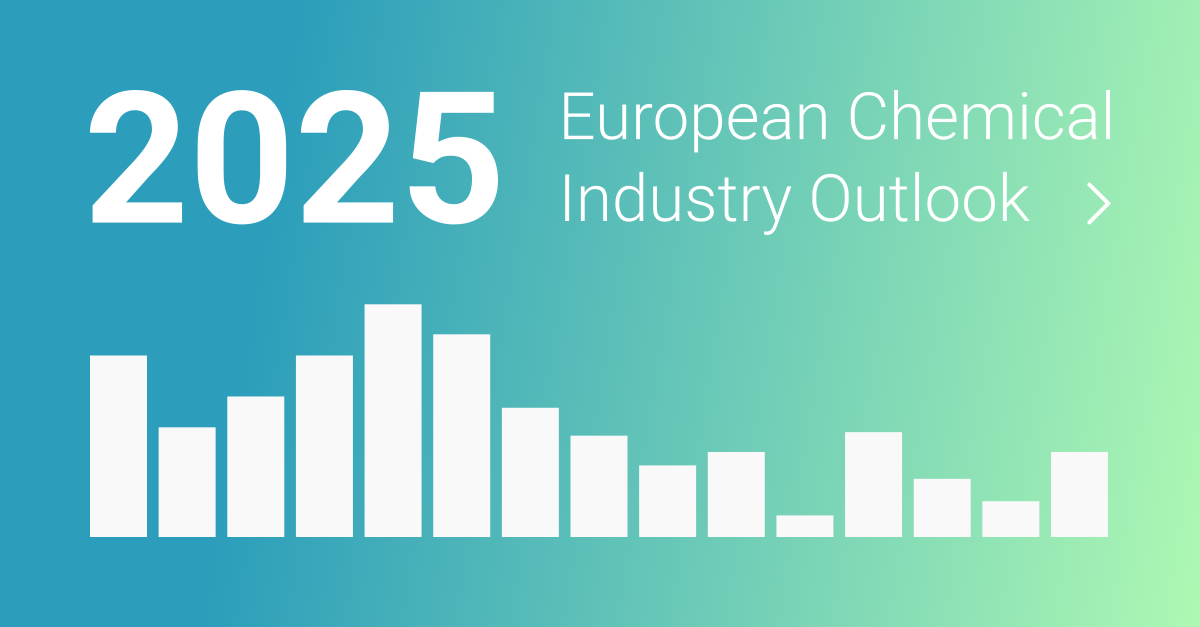- Raludotatug deruxtecan showed a 50.5% objective response rate in phase 2 of the REJOICE-Ovarian01 trial.
- The phase 3 trial will evaluate a 5.6 mg/kg dose against standard chemotherapy.
- Common adverse events included nausea, anemia, and neutropenia, with treatment discontinuations in up to 8.6% of patients.
- The trial's data cutoff was February 26, 2025, with 61.7% of patients still on treatment.

Trial Results
Raludotatug deruxtecan demonstrated a 50.5% objective response rate in the phase 2 part of the REJOICE-Ovarian01 trial, targeting patients with recurrent platinum-resistant ovarian, primary peritoneal, or fallopian tube cancer. The trial included 107 patients across three dose levels: 4.8 mg/kg, 5.6 mg/kg, and 6.4 mg/kg.
Phase 3 Plans
The phase 3 portion will focus on the 5.6 mg/kg dose, comparing it to the investigator’s choice of chemotherapy. This decision follows the observed efficacy and safety profile in phase 2, where the disease control rate was 77.6%.
Safety Profile
The safety profile was consistent with previous findings, with common treatment-emergent adverse events including nausea, anemia, asthenia, and neutropenia. Treatment discontinuations due to adverse events occurred in up to 8.6% of patients, with grade 3 or higher events in up to 48.6% of patients at the highest dose.
Patient Follow-Up
As of the data cutoff on February 26, 2025, 61.7% of patients remained on treatment. The median follow-up was approximately 5.6 months across all dose groups. Most patients had received prior treatments, including bevacizumab and PARP inhibitors.
